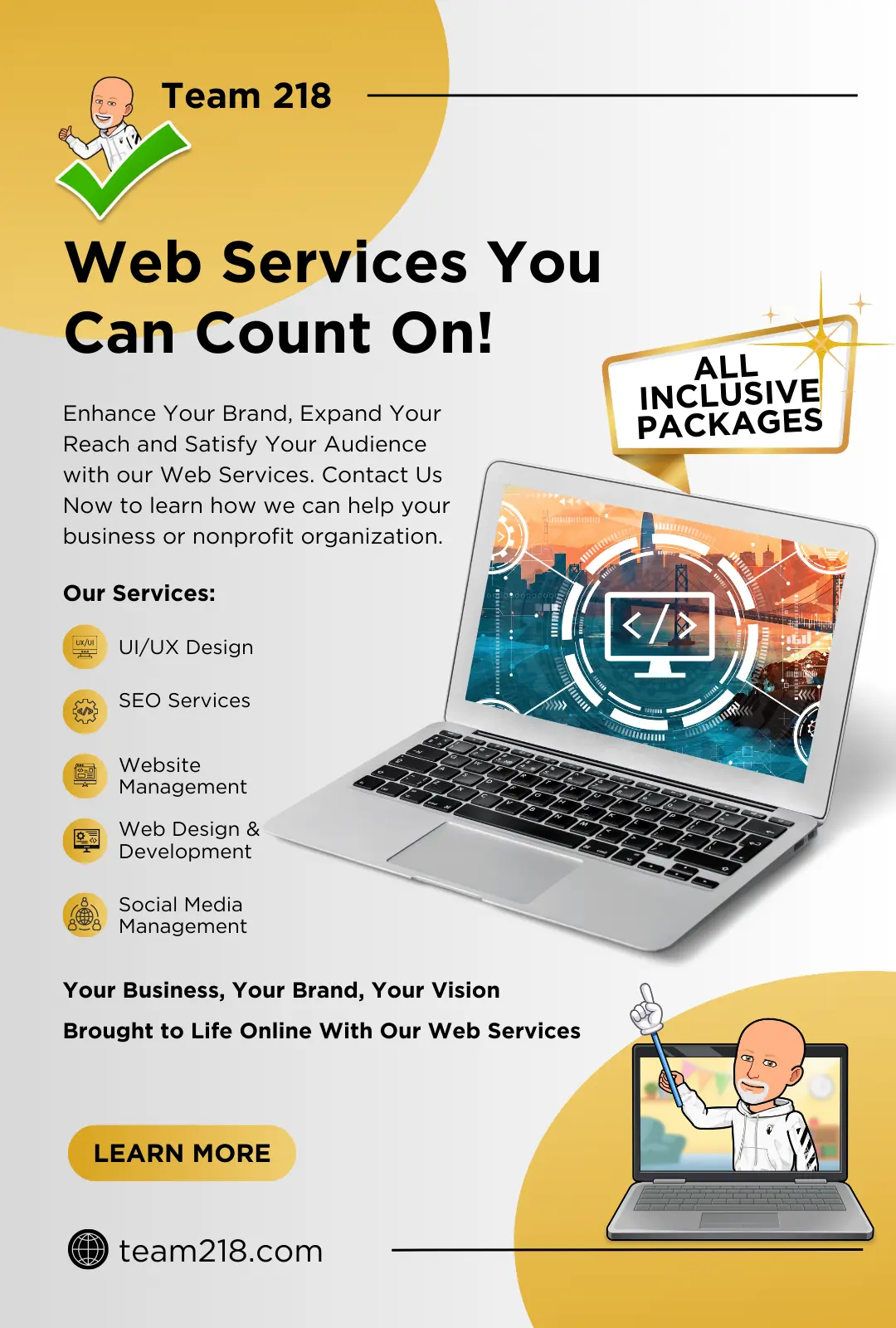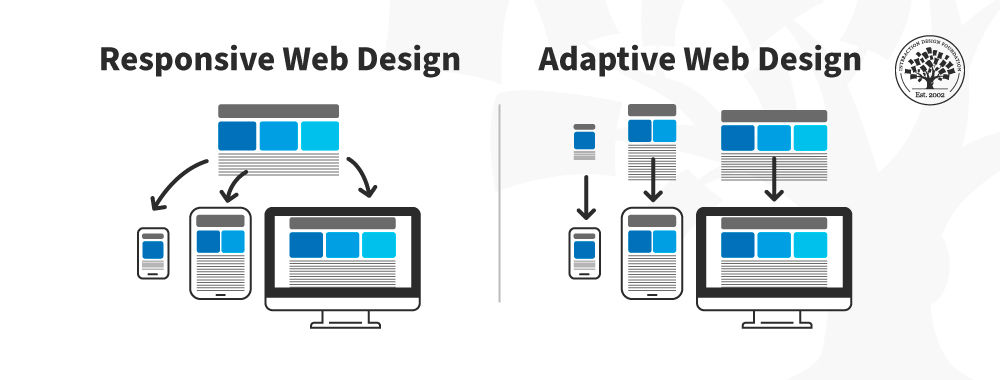An In-depth Overview of the very best Practices in Internet Style for Creating Navigable and intuitive Online Systems
The efficiency of an online system pivots significantly on its style, which have to not only attract customers but additionally lead them effortlessly with their experience. Ideal techniques in internet layout include a variety of techniques, from responsive layouts to obtainable navigating frameworks, all targeted at promoting user-friendly interactions. Understanding these concepts is crucial for developers and programmers alike, as they straight impact customer complete satisfaction and retention. Nonetheless, the ins and outs of each method often reveal much deeper effects that can change a standard user interface right into an extraordinary one. What are the crucial elements that can boost your platform to this degree?
Understanding User Experience
Recognizing individual experience (UX) is pivotal in web layout, as it directly influences exactly how site visitors communicate with a website. A well-designed UX ensures that customers can browse a site without effort, accessibility the information they look for, and complete desired actions, such as authorizing or making an acquisition up for a newsletter.
Trick elements of reliable UX layout consist of functionality, access, and aesthetics. Functionality concentrates on the simplicity with which customers can accomplish tasks on the web site. This can be achieved with clear navigating structures, rational content organization, and receptive comments systems. Ease of access guarantees that all individuals, including those with disabilities, can communicate with the site efficiently. This involves adhering to developed standards, such as the Web Material Access Guidelines (WCAG)
Visual appeals play a crucial role in UX, as visually appealing styles can improve customer satisfaction and interaction. Color pattern, typography, and images ought to be attentively picked to create a natural brand identification while additionally assisting in readability and comprehension.
Eventually, focusing on user experience in website design promotes higher user satisfaction, urges repeat check outs, and can substantially enhance conversion prices, making it an essential element of successful electronic methods. (web design)
Value of Responsive Style
Receptive design is an important component of contemporary internet growth, making certain that sites supply an optimal viewing experience across a large range of tools, from desktop computers to mobile phones. As individual actions significantly changes in the direction of mobile browsing, the requirement for websites to adjust perfectly to numerous display sizes has actually come to be paramount. This versatility not only improves use yet also considerably effects customer interaction and retention.
A receptive design employs fluid grids, flexible pictures, and media inquiries, enabling a cohesive experience that keeps capability and visual integrity no matter device. This technique gets rid of the requirement for individuals to focus or scroll flat, leading to a more instinctive interaction with the content.
Additionally, internet search engine, especially Google, focus on mobile-friendly sites in their rankings, making responsive layout vital for maintaining presence and availability. By embracing responsive layout concepts, organizations can reach a more comprehensive target market and boost conversion rates, as customers are most likely to involve with a site that supplies a smooth and consistent experience. Eventually, receptive layout is not just an aesthetic choice; it is a calculated need that shows a dedication to user-centered design in today's electronic landscape.
Simplifying Navigating Frameworks
A well-structured navigation system is necessary for improving the customer experience on any type of internet site. Streamlining navigation frameworks not just aids individuals in locating info quickly however likewise cultivates interaction and lowers bounce prices. To attain this, web designers must focus on clarity through making use of uncomplicated labels and classifications that reflect the web content properly.

Incorporating a search function even more boosts usability, permitting users to locate content directly. In addition, carrying out breadcrumb tracks can offer customers with context about their area within the website, advertising convenience of navigation.
Mobile optimization is an additional critical facet; navigating should be touch-friendly, with plainly defined links and buttons to suit smaller screens. By lessening the variety of clicks needed to gain access to web content and making certain that navigation is consistent across all web pages, designers can develop a smooth customer experience that motivates exploration and lowers aggravation.
Prioritizing Accessibility Standards
About 15% of the worldwide populace experiences some form of impairment, making it essential for web designers to focus on access standards in their jobs. Access incorporates numerous elements, consisting of visual, acoustic, cognitive, and motor problems. By adhering to developed standards, such as the Internet Content Accessibility Guidelines (WCAG), developers can produce inclusive electronic experiences that provide to all users.
One essential practice is to ensure that all content is perceivable. This consists of offering alternative message for photos and guaranteeing that video clips have records or inscriptions. Additionally, keyboard navigability is important, as lots of customers rely upon key-board faster ways as opposed to mouse communications.
 Additionally, color contrast should be thoroughly considered to fit people with visual problems, making certain that message is legible against its background. When making forms, tags and mistake messages have to be descriptive and clear to assist users in completing tasks efficiently.
Additionally, color contrast should be thoroughly considered to fit people with visual problems, making certain that message is legible against its background. When making forms, tags and mistake messages have to be descriptive and clear to assist users in completing tasks efficiently.Lastly, performing functionality screening with individuals who have disabilities can offer vital understandings - web design. By focusing on ease of access, web designers not just abide by legal standards however additionally increase their audience reach, fostering a more comprehensive online environment. This commitment to accessibility is essential for a absolutely navigable and user-friendly web experience
Using Aesthetic Pecking Order
Clarity in design is critical, and making use of aesthetic hierarchy plays a vital function in attaining it. Visual power structure refers to the setup and presentation of components in a manner that plainly suggests their significance and overviews user interest. By purposefully utilizing dimension, color, spacing, and contrast, developers can produce an all-natural flow that guides individuals through the material seamlessly.
Utilizing bigger fonts for headings and smaller sized ones for body message establishes a clear distinction between areas. Additionally, utilizing vibrant shades or contrasting backgrounds can accentuate critical info, such as call-to-action switches. White room is just as important; it helps to stay clear of mess find out this here and permits customers to concentrate on one of the most important elements, enhancing readability and general individual experience.
An additional trick facet of aesthetic power structure is making use of imagery. Relevant images can enhance understanding and retention of info while likewise breaking up text to make web content much more digestible. Eventually, a well-executed visual hierarchy not only enhances navigating but also cultivates an instinctive communication with the web site, making it most likely for users to achieve their objectives efficiently.
Conclusion

Additionally, the effective usage of visual pecking order improves user engagement and readability. By focusing on these aspects, web designers can considerably improve individual experience, making sure that on-line systems satisfy the varied requirements of all individuals while helping with efficient interaction and fulfillment.
The effectiveness of an online system hinges dramatically on its design, which have to not just attract customers but also direct them flawlessly via their experience. By taking on responsive style principles, organizations can reach a broader audience and enhance conversion rates, as customers are much more likely to involve with a site that supplies a smooth and constant experience. By adhering you can find out more to developed guidelines, such as the Internet Material Availability Guidelines (WCAG), developers can develop inclusive electronic experiences that provide to all users.
White area is equally vital; it helps to stay clear of clutter and permits users to focus on the most important aspects, boosting readability and general user experience.
By prioritizing these aspects, internet designers can significantly enhance customer experience, making certain that on the internet systems meet the diverse demands of all customers while facilitating effective communication and satisfaction.